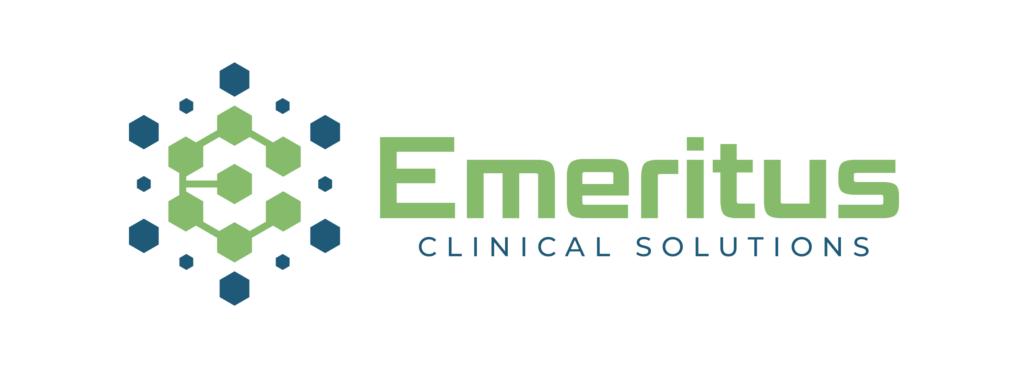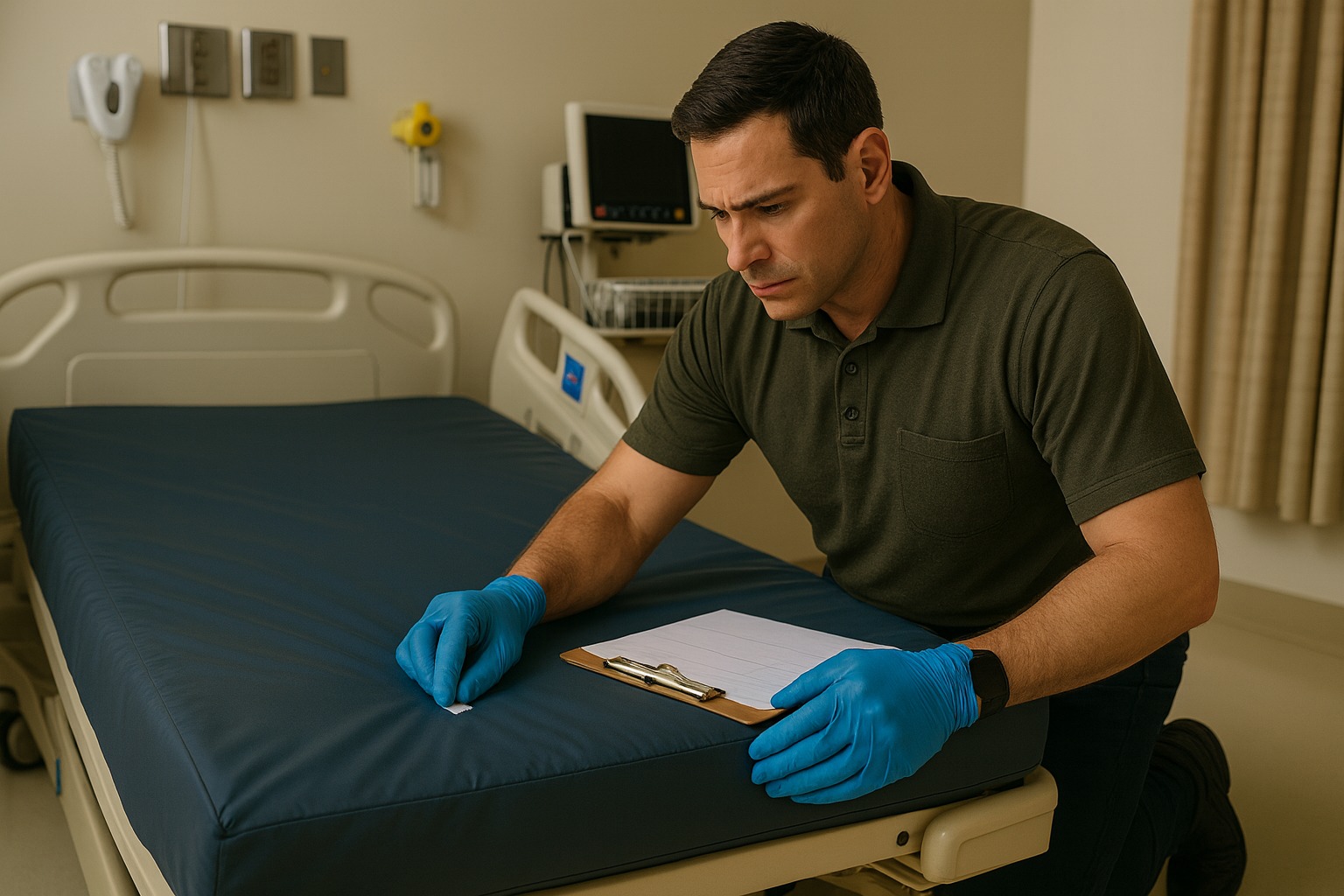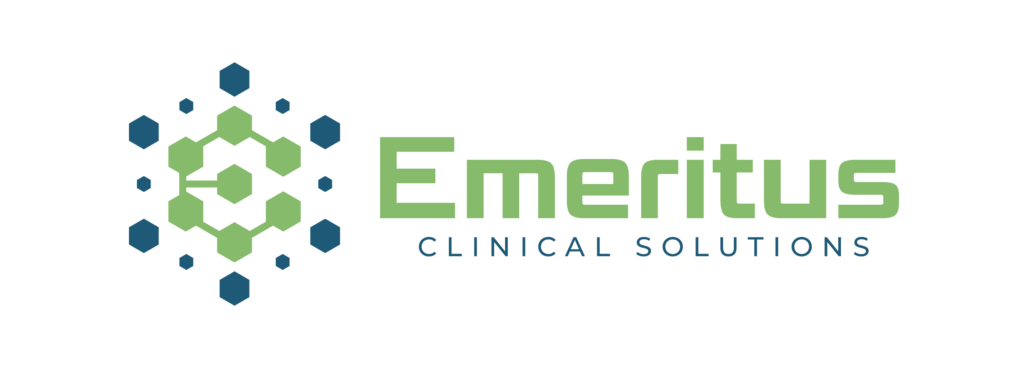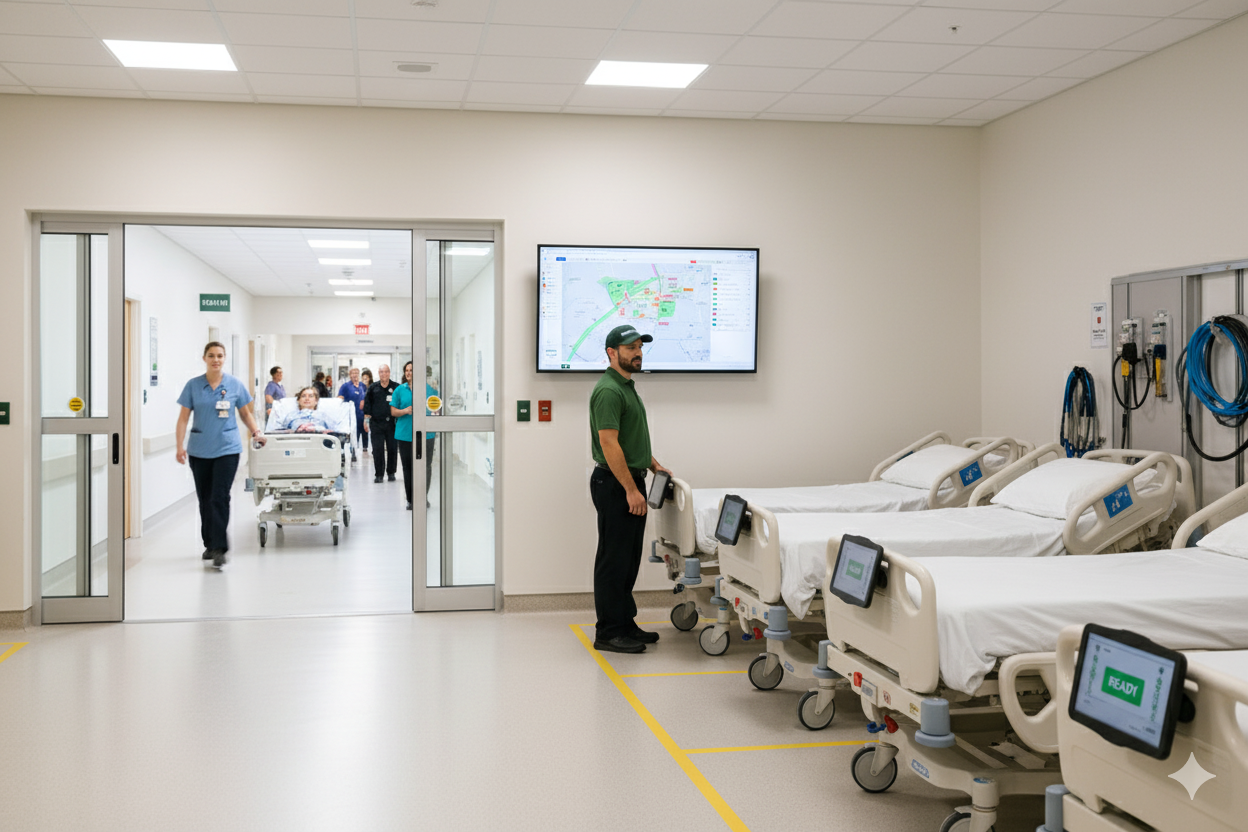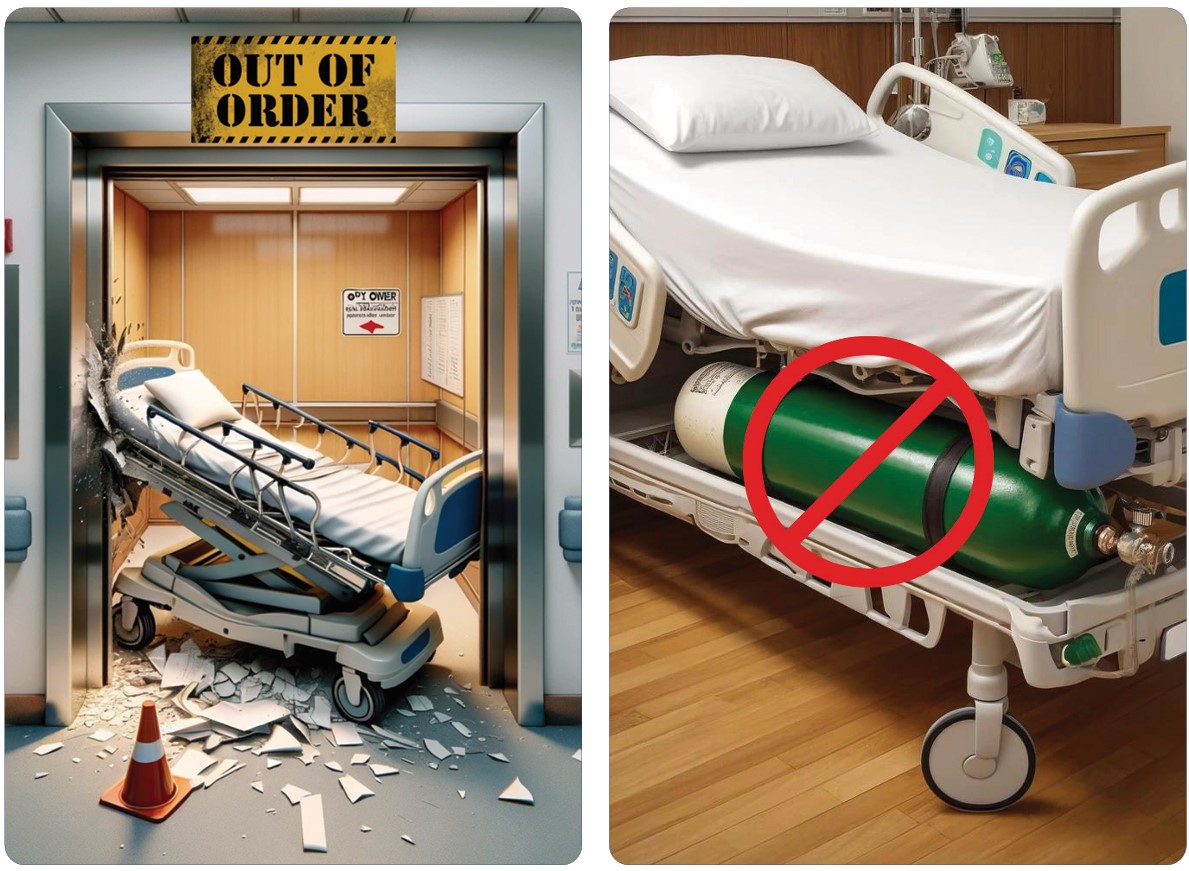
In hospital settings, the movement of hospital beds and stretchers is a routine yet critical operation that impacts not only the condition of the medical equipment itself but also the broader infrastructure of health care facilities. Despite the availability of policies and procedures designed to safeguard both the equipment and the facility, lapses in adherence and insufficient training of the personnel involved often lead to significant damage and ensuing hidden costs. Emeritus is addressing these challenges head-on with innovative training solutions aimed at mitigating what is commonly referred to as “bed crash damage.”
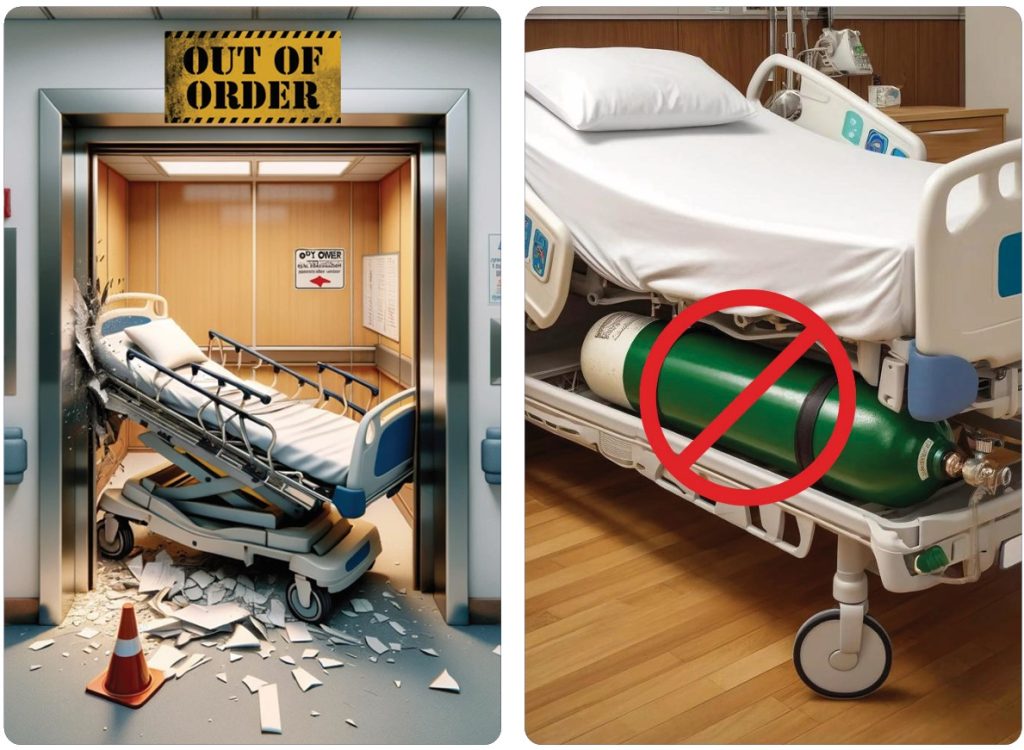
The Risks of Improper Bed Movement
The improper transportation of hospital beds and stretchers can lead to a variety of costly issues. For instance, when transport policies are not followed, it’s not uncommon for a 125-pound nurse to maneuver a 600-pound bed through hospital corridors. This scenario increases the risk of the bed bumping into walls, damaging elevator doors, or colliding with other infrastructure, leading to costly repairs and maintenance. Additionally, the practice of placing medical equipment on or underneath beds during transport can result in equipment falling off or getting crushed, further adding to the financial strain on health care facilities.
Hospital beds and stretchers are designed to be robust, yet they are not immune to the wear and tear inflicted by frequent and improper handling. Damage to these essential items can compromise their functionality, leading to downtime and the need for repairs or replacements, which are often significant in terms of cost.
High Turnover and Training Challenges
One of the underlying challenges exacerbating this issue is the high turnover rates commonly seen in Environmental Services (EVS) and Transport departments within hospitals. This turnover complicates efforts to maintain a consistently trained staff, as ongoing education and reinforcement of best practices are required to ensure all personnel are equipped to handle hospital equipment correctly.
Moreover, some hospitals choose to move beds offsite for repairs or storage, which can inadvertently cause additional damage during transportation. This decision, while made to ease logistical burdens within the hospital, often leads to further complications and costs, underscoring the need for improved on-site handling and maintenance strategies.
Emeritus’s Proactive Solutions
Recognizing these pervasive issues, Emeritus has developed a targeted transporter training program designed to enhance the skills of those involved in the movement of hospital beds and stretchers. This program focuses on training staff to adhere strictly to transportation policies, emphasizing techniques that prevent equipment and infrastructure damage. By improving the standard of care in equipment handling, Emeritus aims to reduce the incidence of bed crash damage significantly, thereby saving hospitals considerable resources in the long run.
This training initiative is part of a broader strategy to enhance operational efficiency and safety in health care settings. By addressing the root causes of bed and stretcher damage through comprehensive training, Emeritus is not only helping to protect valuable medical equipment but also contributing to the overall integrity of hospital infrastructure.
The Path Forward
The issues associated with the improper transportation of hospital beds and stretchers highlight a critical need for systemic change within health care facility operations. As hospitals continue to navigate the complexities of providing high-quality care in dynamic environments, the focus must increasingly shift towards optimizing every component of hospital operations, including the seemingly mundane task of moving equipment.
With the introduction of its new training program, Emeritus is leading the way in transforming how hospitals handle their most used and most necessary equipment. This proactive approach promises not only to safeguard the physical assets of health care facilities but also to ensure that the environment remains safe and functional for both patients and staff, ultimately supporting the broader goal of delivering exceptional health care.
For more information, visit emerituscs.com.
